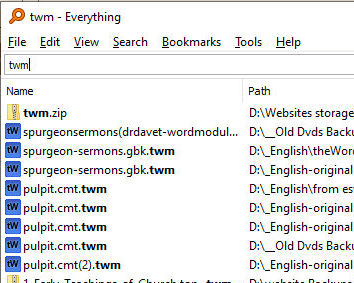Biblical archaeology, for most people to whom the expression means anything, is almost exclusively associated with the Old Testament. There are several reasons for this. One is that the historical setting of the New Testament—the Graeco-Roman world of the first century A.D.—was well-known from the writings of classical authors of the period, and there was no need for archaeological research to recover the record of vanished civilizations such as form the historical setting of the greater part of the Old Testament narrative.
Another reason is that many archaeological discoveries relating to the Old Testament have impressed the public imagination to a degree unparalleled in the New Testament field. For a hundred people who have some idea of the flood-line at Ur or the excavations at Jericho, there is barely one who knows anything about the Oxyrhynchus papyri or the warning inscription from the temple at Jerusalem.
There is a picturesqueness about the cuneiform tablets which is not shared by the rough notes on Egyptian ostraca of a later date. The reported discovery of the tomb of St. Peter has excited more stir than most finds from the early Christian period, but this may be due as much to its supposed bearing on ecclesiastical controversy as to its purely historical interest. The Dead Sea, Scrolls have received much more public attention than is usually given to written documents from the Near East of Graeco-Roman days, but interest in them has been stimulated by the widely publicized suggestion that their evidence in some way or other has weakened the authority of Christianity.–Extract
Download
Bruce-F.F.-Archaeological-Confirmation-of-the-New-Testament.gbk.twm (38 downloads )Bruce, F.F. – Archaeological Confirmation of the New Testament
Advertisement
 Helpful Windows User Tip for "Searching Everything" on your PC. The Everything Search utility program is a freeware file search utility that is superfast and very useful for finding all occurrences of a file. It takes about 3-6 seconds to start, but after that, every search is just about instantaneous. Very fast, very useful. I highly recommend you download this free PC utility program if you ever have problems finding a file on your PC Computer.
Helpful Windows User Tip for "Searching Everything" on your PC. The Everything Search utility program is a freeware file search utility that is superfast and very useful for finding all occurrences of a file. It takes about 3-6 seconds to start, but after that, every search is just about instantaneous. Very fast, very useful. I highly recommend you download this free PC utility program if you ever have problems finding a file on your PC Computer.
twtutorial.com Helpful Tip "Everything Search".
Note: You can grab and drop files from this tool to other windows.
